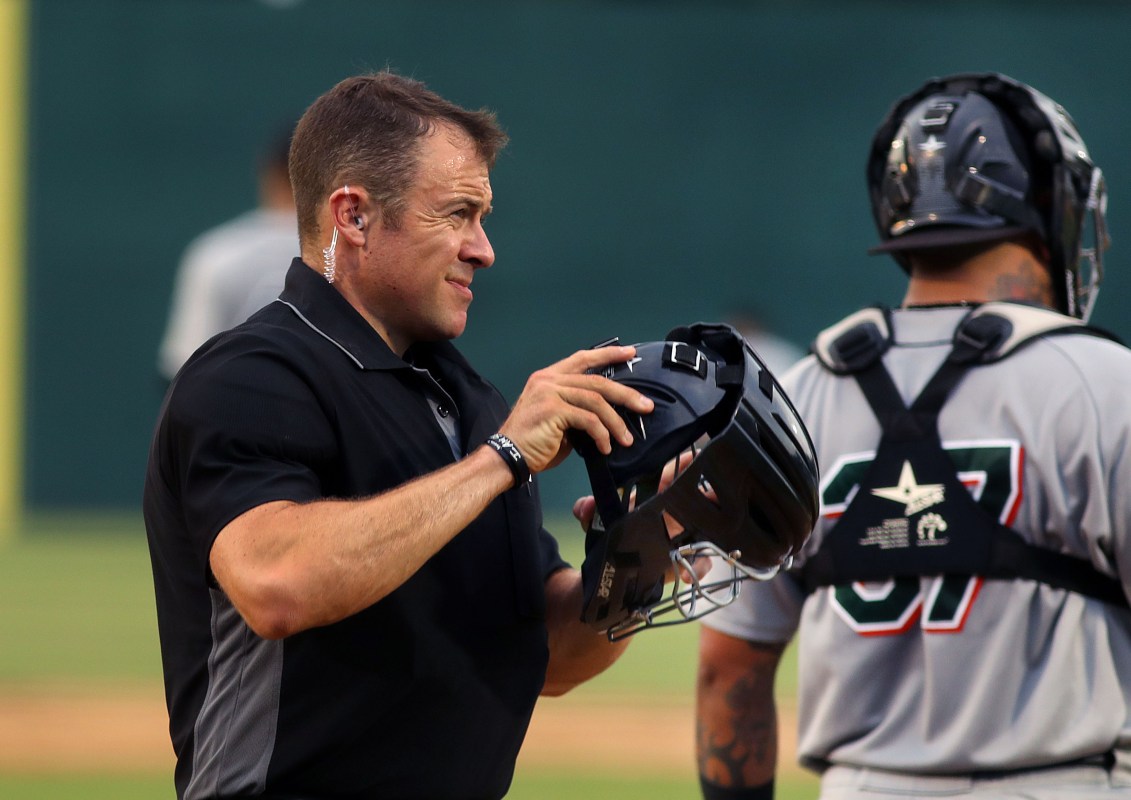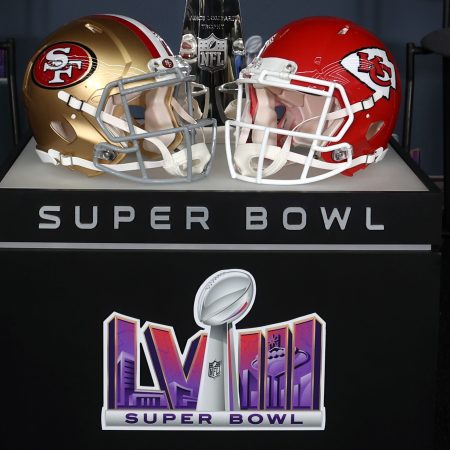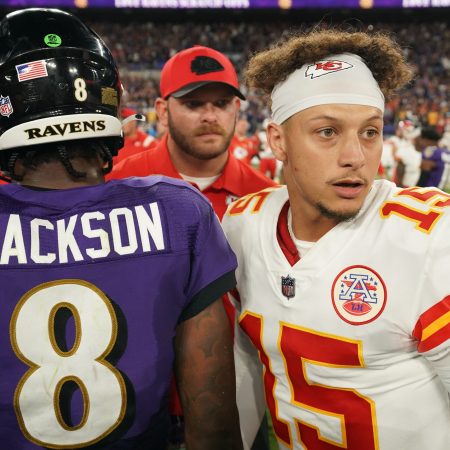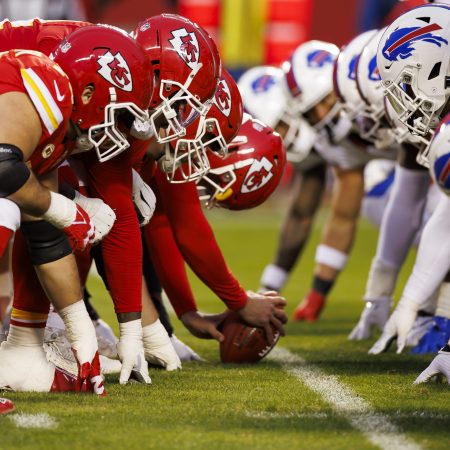In an Arizona Fall League game earlier this week, New York Yankees top prospect Jasson Dominguez saw a strike called on a ball below his knees. He exhaled in frustration, put his hands on hips and stared off into the sky, before appearing to remember the new rules. He turned to the umpire and vigorously patted his head. Challenge!
A clip that’s made waves around baseball Twitter over the last couple of days then pans to the center field scoreboard, where an automated feed instantaneously broadcasted a digital replay of the previous pitch. The batter was right: the pitch was low, and evidently, ball four. Dominguez took off his shinguard and started jogging to first.
If an automated strike zone is inevitable in MLB — Commissioner Rob Manfred has said it could arrive by early 2024 — the hybrid “challenge system” currently under demo in the AFL represents its curious appetizer…and potential alternative.
The Dominguez video is a perfect visual example of how it works. Throughout the game, the home plate umpire calls ball and strikes as always. But if he blows a call, in favor of either the batter, or the battery, the opposing side has three chances to summon the jumbotron overlord. No else can challenge — not managers, bench coaches, infielders, nor guys warming up in the on-deck circle. (Though they all can certainly let the ump hear it, which might give someone involved in the at-bat verbal permission to contest the call).
If you guess correctly, as Dominguez did, you keep your challenge. If you don’t, it’s gone. Even in the cesspool that is sports social media, this system has already been met with support and acclaim.
There’s a lot to like here, from the speed with which the correct call was disseminated (MLB’s replay system has been disparaged for years for taking too long), to the entertainment value of watching a call get overturned (fans cheered as the correct call appeared dramatically on the screen). But it’s also just so easy to envision this technology working in a high-stakes MLB game, without pissing off some large percentage of fanbases, players or existing umpires…which, unfortunately, seems pretty predestined if the league leaps to a “full” automated ball-strike system (ABS).
Think about some iffy calls from the last two weeks of playoff baseball. Imagine the gamesmanship involved. Having a finite supply of challenges doesn’t guarantee that every call gets overturned — players have to be smart. They have to measure 1-1 counts against 3-2 counts, leadoff at-bats in the third inning against at-bats in the eighth inning with runners on. And crucially, they have to be good at knowing balls and strikes, which, presumably, is part of the reason they’re big leaguers in the first place.
One of the biggest arguments against a full ABS comes from the “human error” lovers. What will become of the game when it’s fine-tuned down to the millimeter, they ponder? Will we even recognize it? Isn’t this a slap in the face to baseball’s stalwarts? Don’t we need that back-and-forth between the batter and the umpire, and the pitcher and the umpire? Don’t those minuscule biases (the way an umpire calls different batters or situations differently) enrich the sport?
Maybe. Maybe not. In truth, these are tired, decade-old talking points. The people still making them haven’t really done their research; MLB partnered with Hawk-Eye — an optical tracking system that’s innovated tennis, soccer and cricket — way back in 2014. Since 2020, the system’s been installed in every single big league ballpark. And over the last two seasons, various minor league levels have been used as demo grounds for the new technology. This year, computer programs were calling balls and strikes in the Pacific Coast League, a Triple A outpost for West Coast-based MLB teams.
It should be noted that traditional umpires aren’t as bad at their jobs as robo-ump supporters might imagine; even the very worst of the worst home plate umpires call 91% of pitches correctly. A full ABS system would turn them into glorified announcers, basically. They’d hear calls in their ears and relay them to the field. As soon as MLB firms up its electronic strike zone (defined right now as starting at the midpoint between a batter’s shoulders and the top of his uniform pants, down to just below his kneecaps), these “umpires” would all be 100% correct.
They’d still call plays at the plate obviously, and weigh in anywhere else around the diamond where they are needed, but would some element of the profession be lost at that point? That…feels fair to say. And that’s where a hybrid system could retain some of the old ways, without forsaking expert automation that MLB has understandably pumped millions of dollars into.
How about a system with five redeemable challenges per game, as some league officials have suggested? Umpires would still get to practice their craft, practically daring players to prove them wrong. (This would keep personalities alive and inter-personnel rivalries humming.) Catchers could still practice the art of framing, and batters would have to learn to call them on their bullshit. Fans stuck in the deadball era and fans obsessed with VAR could cheers somewhere in the middle.
We’re on a collision course with some sort of decision in the next couple of years. Dominguez, one of the future stars of the game, is the perfect protagonist for ABS’s first brush with the internet. Hopefully we’ll see him challenging pitches for years to come.
Whether you’re looking to get into shape, or just get out of a funk, The Charge has got you covered. Sign up for our new wellness newsletter today.


















